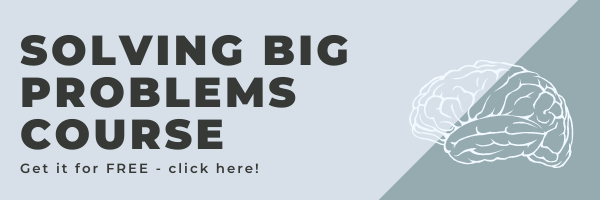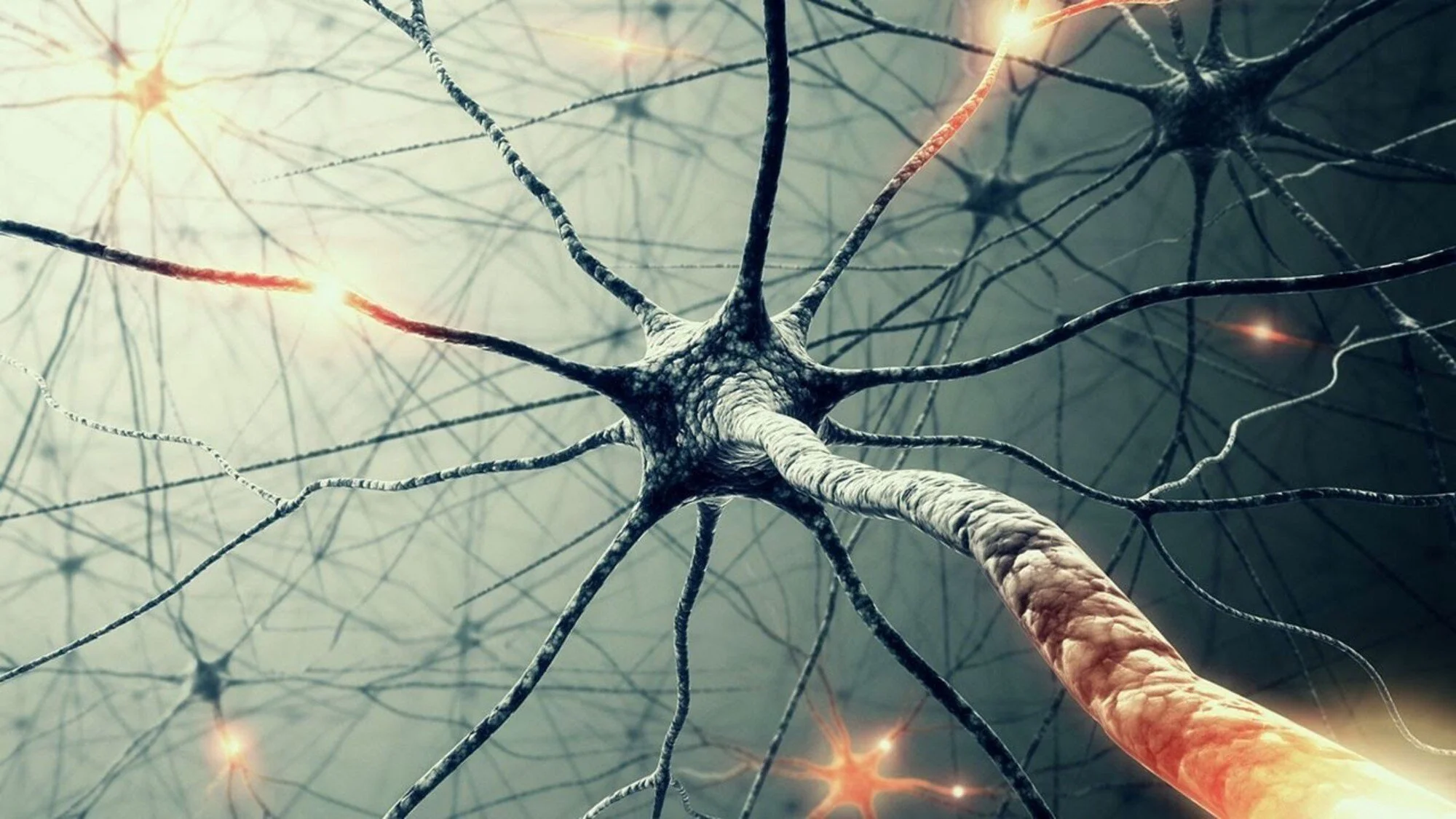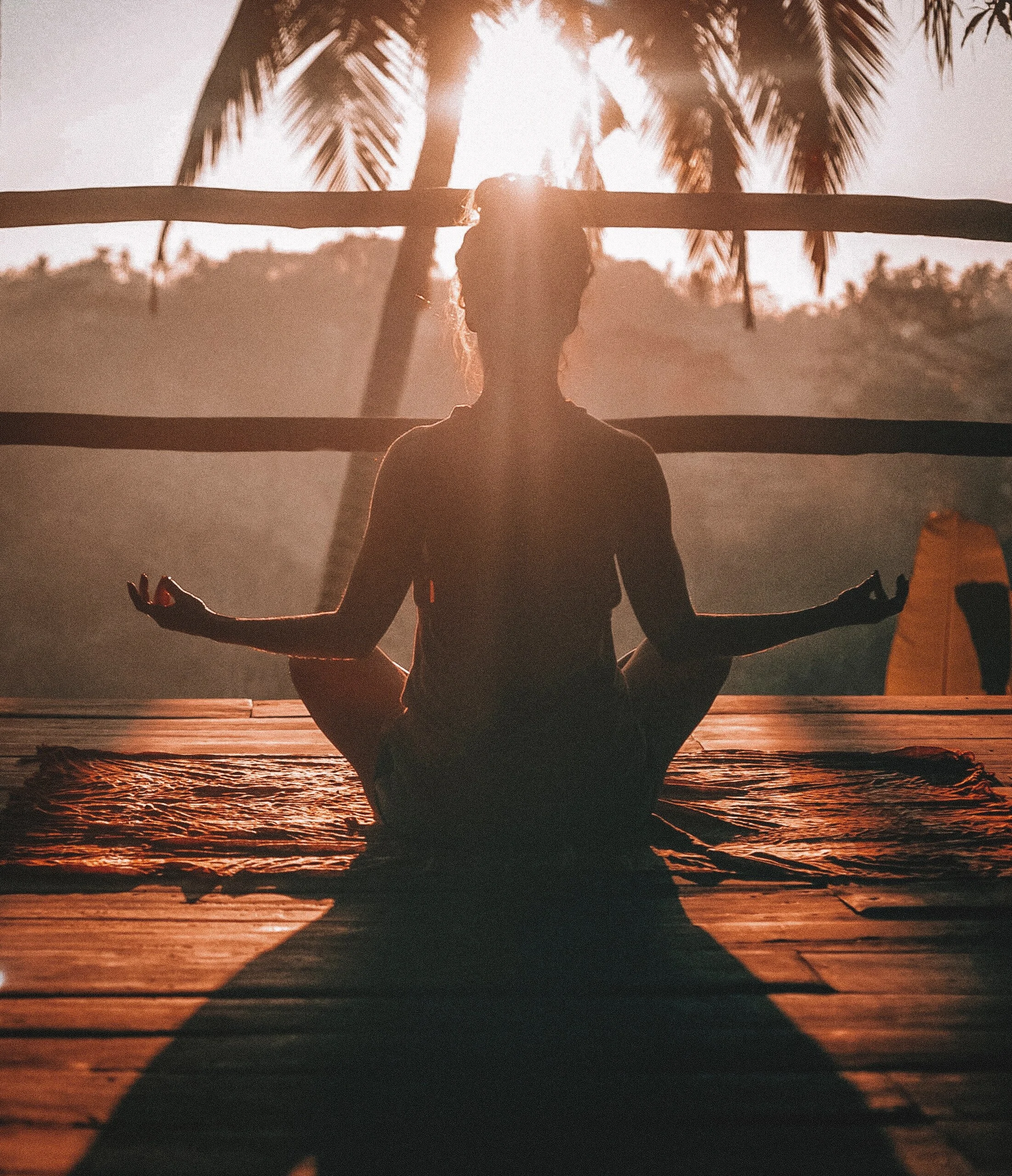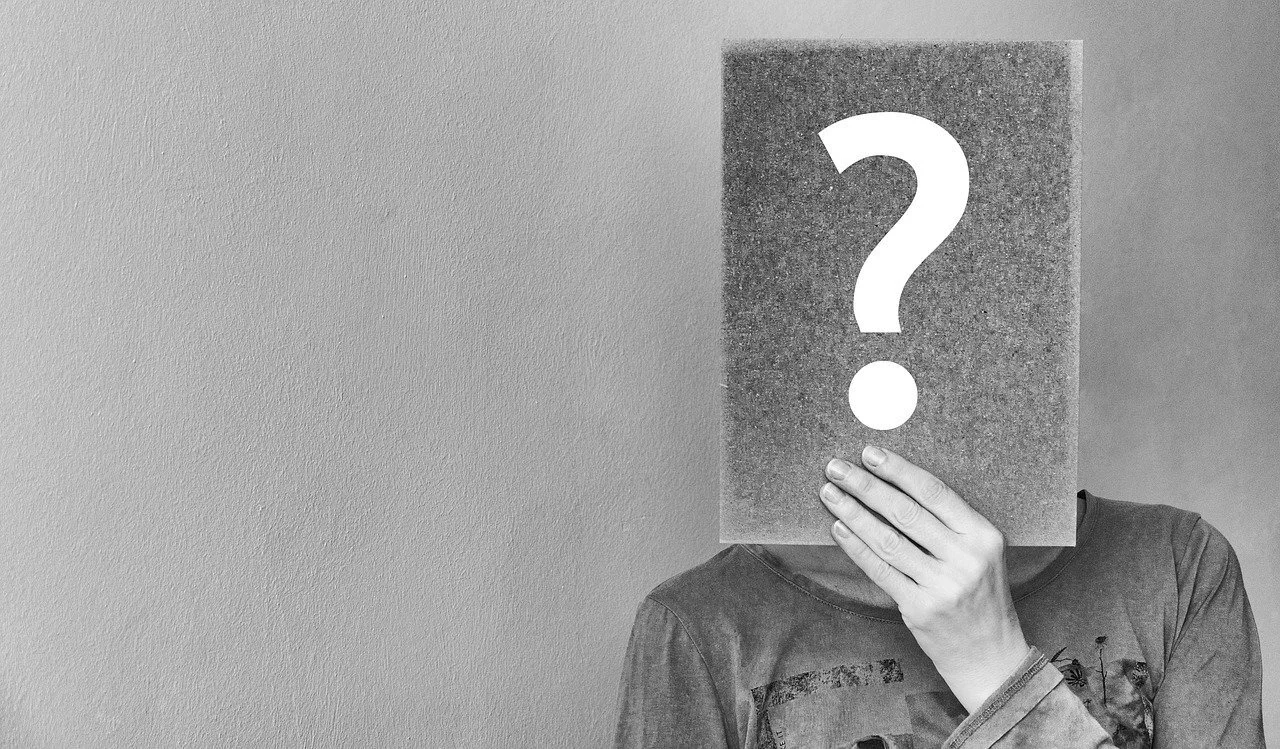Achieving Balance: The Polyvagal Theory and Mind-Body Practices
Remember when we talked about the Parasympathetic Nervous System (PNS) and Sympathetic Nervous System (SNS)? These two are like twins, but with completely opposite traits. They are yin and yang.
Just to recap, SNS is a flash flood of hormones (fight or flight response), while PNS ensures all body functions work as they should (rest and digest response). This is all part of the Autonomic Nervous System (ANS). I may be biased, but outside of the brain itself, this is my FAVORITE area of study.
Anxiety, depression, and stress are on the rise in both kiddos and adults, right now. Today, the goal is to make us more resilient. When in a stressed or anxious state, our reasoning, curiosity, and even empathy go right out the window. We aren’t able to bring our prefrontal cortex online - the part of the brain that handles our executive functions (thinking), coordination, and communication. As a result, we can’t regulate our focus and attention. Sound familiar?
In walks the Polyvagal Theory. I will never forget the first time I came across Stephen W. Porges’ Polyvagal Theory in the article Don’t Talk to Me Now, I’m Scanning for Danger. It redefined my understanding of the ANS.
What’s the Polyvagal Theory?
It is centered on the vagus nerve. People refer to it as the “wandering nerve” in Latin. It’s the longest as it starts from the brainstem, goes through the muscles, down to the stomach, and excretion. Eighty percent of it is made up of nerve fibers. #craziness
The Polyvagal Theory shines a light on two vagus nerve circuits. The VVC (ventral vagal complex) commonly referred to as the “social nervous system” and the DVC (dorsal vagal complex). VVC is what makes us feel connected with others and safe, while DVC is in charge of defensive mobilization.
People who have gone through trauma, PTSD, and other anxiety disorders may experience hyper- or hypo- arousal states. So, how do we neutralize the body from both extremes? The Polyvagal Theory uses mind-body techniques to achieve this balance. Several of these techniques are described below.
Breathing
Our favorite little people also find themselves having to cope with some deep emotions (us, too). As adults, these situations can be pretty unpleasant, so imagine how bad it is for a kid. Luckily, there is so much power in deep breathing. It’s been proven to lower stress levels, relax muscles, reduce anxiety, and increase energy levels. Try these fun and interactive breathing exercises for kids.
Progressive muscle relaxation
This method comes in handy when you want to release tension. You tense a group of muscles while breathing in, and release as you’re breathing out. It’s easily done when you work on certain groups of muscles at a time. A relaxed body means less stress and less anxiety. Plus, does it get much easier than this?
Mindfulness and meditation
If you tried mindfulness and meditation only once, then you likely say it’s not meant for you. However, just like any other skill, practice makes perfect. Do it again and again. It’s been scientifically proven that people who practice meditation are happier, healthier, and more successful than those who don’t.
So many great (FREE) resources are available, like Insight Timer, Headspace, and Calm.
Yoga and stretching
For years, yoga has been used to improve coordination, strength, and mental wellness. The best thing is... anyone can practice it in the comfort of their own home. Given the right modifications, you can do it with your kiddos. Make it a routine, but start slow and exercise patience. Maybe pair it with bedtime routines.
Acupuncture
This ancient Chinese treatment has been used to treat various conditions for years. You might be thinking, “How does sticking needles in your skin make you better? Isn’t it painful?” Well, it’s not painful. I know because I get it done every two weeks. Some people say it’s a miracle. It treats depression, anxiety, morning sickness, cramps, and even allergies.
Don’t like the needles? Try acupressure instead. Give that term a search, and you’ll find numerous acupressure points on the body that can be activated similar to that of acupuncture.
Tai Chi
It is another ancient traditional Chinese practice. It's non-competitive martial arts that combine physical exercises with mindfulness. It’s grown to become one of the most effective ways to alleviate anxiety, depression, and stress. Lots of online options for this practice! I suggest an online course that teaches you the segments.
These are a few ways to achieve a balanced mind-body state. Don’t forget, lots of laughter and practicing gratitude also helps! Have more questions? I’m always here to help. Schedule a free call today!
Questions? Need help? Reach out!
Email: hello@thebehaviorhub.com
Social media: @thebehaviorhub
Online school
Schedule a discovery call







